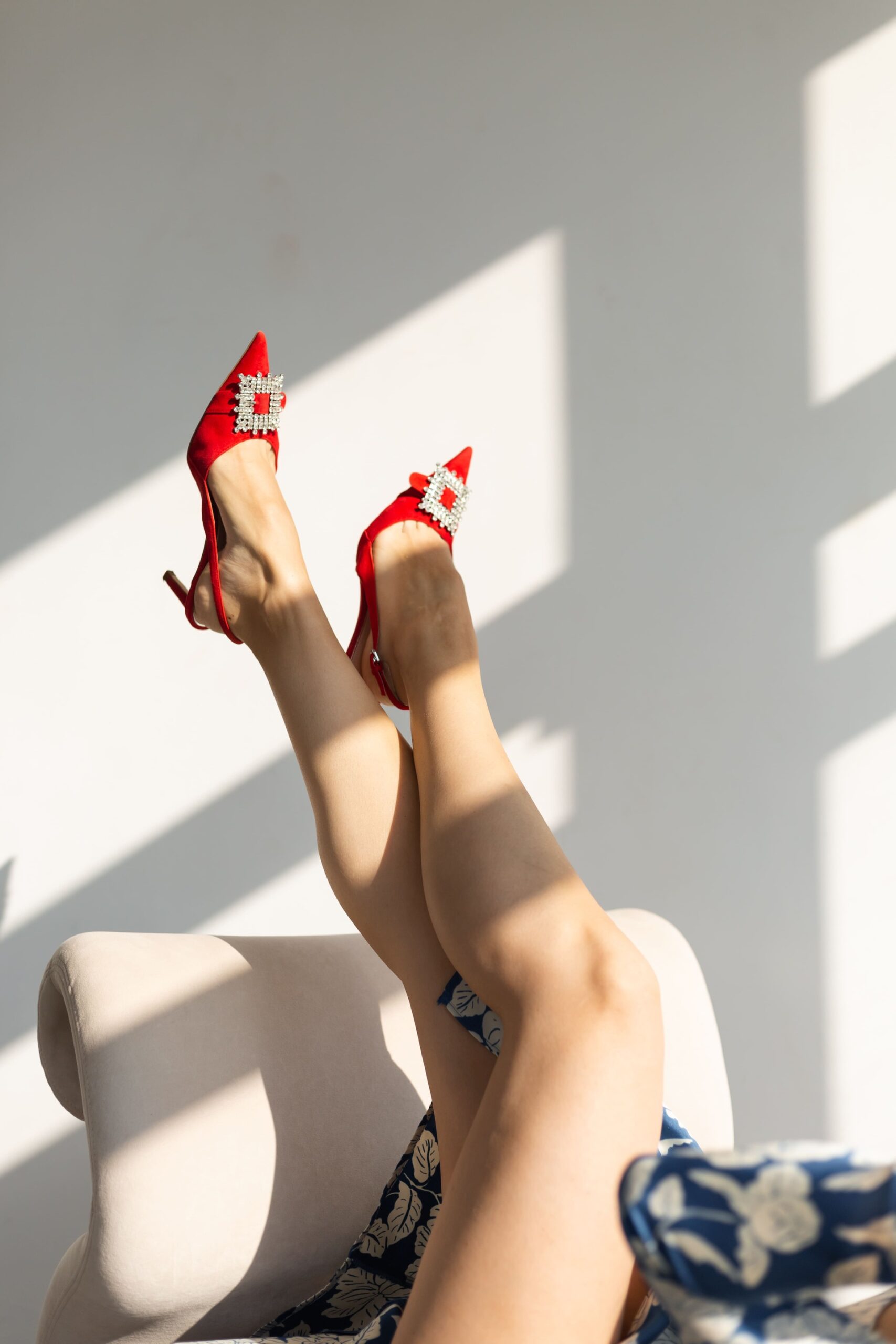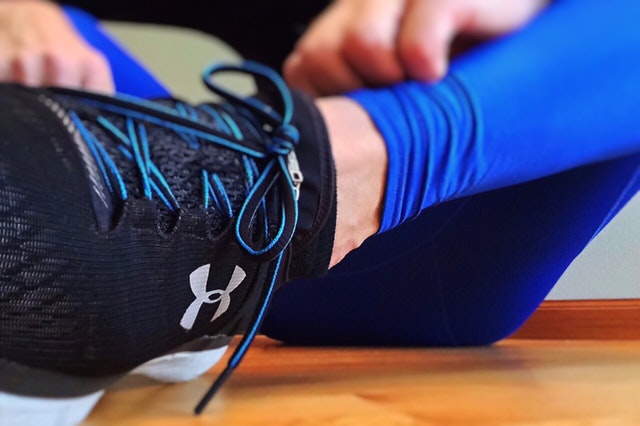As an athlete, you go to great lengths to keep your body in top shape, but you may be ignoring a major sign that something is wrong: vein engorgement.
Identifying Vein Engorgement
To understand why vein engorgement could be a sign of trouble, you must first know how to identify it. Basically, if you have a vein — usually in the arms or lower legs — that has suddenly become swollen and visible, you are suffering from vein engorgement. Pain, redness, and tenderness may also be present. The condition is extremely common in athletes, and while it may not always indicate a deeper health issue, it is definitely something that you should pay attention to and get checked out by a doctor.
Sign of a Serious Health Problem
Engorged veins often appear when you have an injury that was not properly treated. Perhaps you fell and experienced blunt trauma to the affected area. Perhaps you simply overused that limb and do not take time to rest properly between workout sessions. Whatever the cause, an untreated injury can lead to the formation of a blood clot within your muscle. While a blood clot may not initially cause any symptoms, an engorged and painful vein may be an indicator that the clot is at risk for moving towards you lungs and causing a pulmonary embolism, which can be fatal.
Athletes and Varicose Veins
Varicose veins are another common problem with athletes. As a matter of fact, many athletes and people who stay in good shape are surprised to learn that they have varicose veins when they visit their doctor with legs that are tired and achy. Factors like your family history, pregnancy, age, and sex are some of the main causes of this condition, but some exercises can also cause or contribute to the development of varicose veins. These typically include strenuous physical activities that are either repetitive or require you to carry extra weight, such as weightlifting, tennis, running, skiing, and backpacking.
Symptoms of Varicose Veins
While varicose veins are typically easy to spot due to the swollen, twisted, and bluish appearance of the vein, you may experience them without any type of visible evidence. Symptoms, usually experienced in the legs, might include:
- Pain
- Heaviness
- Burning or throbbing
- Swelling
- Red discoloration
- Itching
- Inflammation
Vein engorgement is typically more serious for athletes than varicose veins, but if you notice any kind of change in the appearance or feeling of veins in your arms and legs, the best plan of action is to visit a doctor as soon as possible. He or she will examine the affected area and help you come up with a treatment plan that will protect you from experiencing further damage to your veins.




